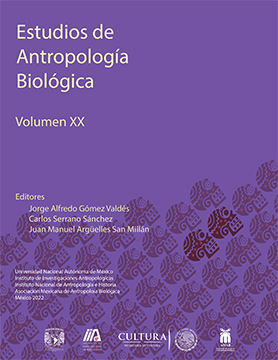Causal inference for the study of morphological evolution
DOI:
https://doi.org/10.22201/iia.14055066p.2022.72933Keywords:
Evolución morfológica, inferencia causal, fenotipos complejosAbstract
When we work with complex phenotypes we observe that some traits vary together, for example, the size and shape of the skull vary in relation to the brain, and the variation of the maxilla and mandible are related. This interaction is even observed between traits that would seem unrelated, such as facial morphology and behavior. The existence of these patterns of covariation has traditionally been explained in terms of the functional and developmental relationships shared by the phenotypes involved; however, it is clear that a "pattern" is not equivalent to a "cause" or "process", either because the observed association may simply be due to a spurious association or because different processes may result in the same pattern or because the same process can result in different patterns. The difficulty involved in discerning between patterns and processes is clear when we study morphological evolution, for example, in the models used to determine the relative importance of natural selection with respect to genetic drift.
Downloads
Downloads
Published
How to Cite
Issue
Section
License

http://creativecommons.org/licenses/by-nc-nd/4.0/


